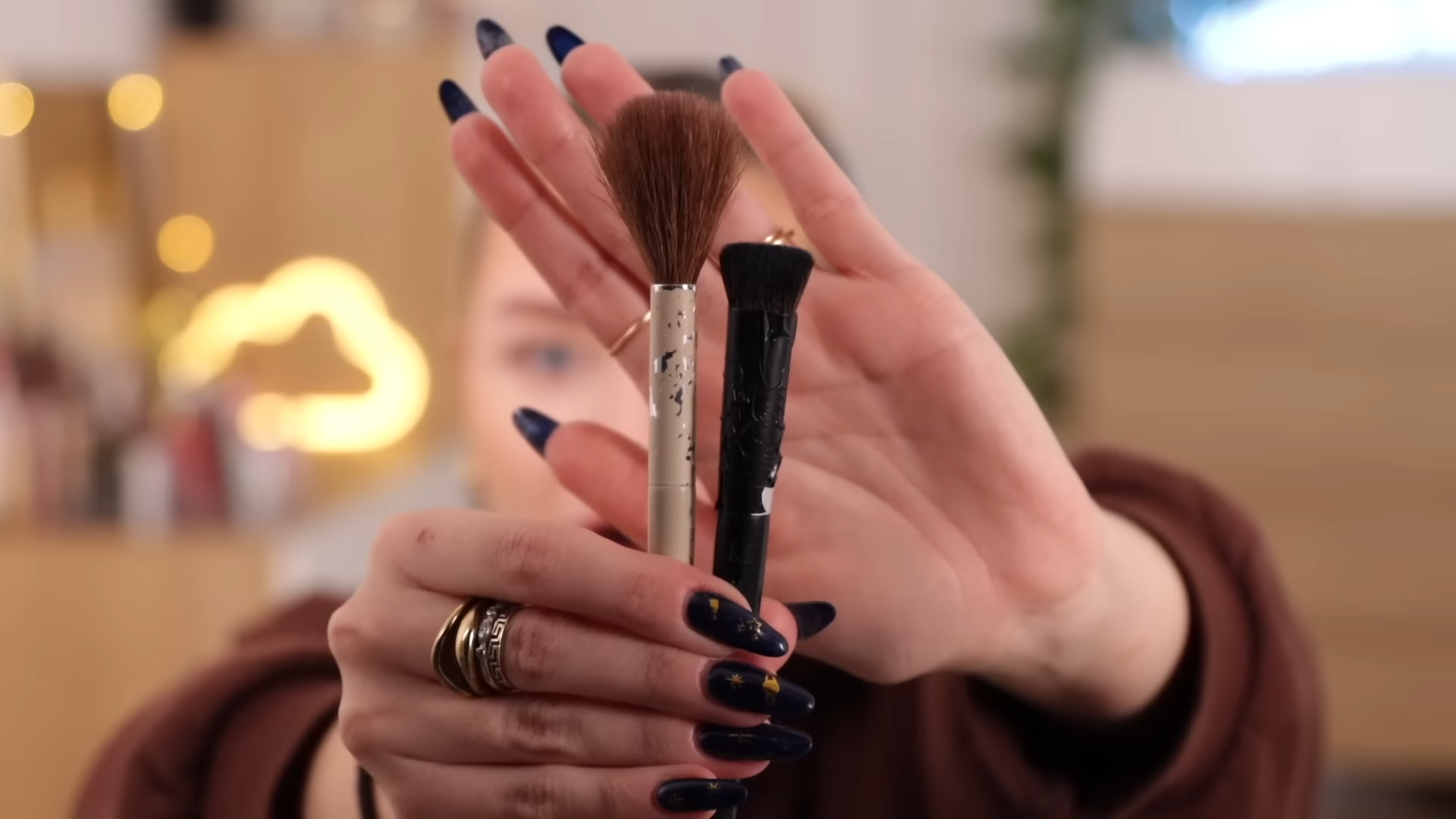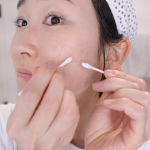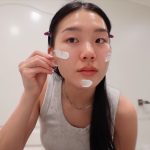To achieve optimal results with makeup, it’s crucial to use tools correctly and safely. Start by ensuring all brushes and sponges are clean to prevent skin infections. Use the appropriate tool for each makeup product; for instance, a dense brush for foundation and a fine brush for eyeliner. Be gentle on your skin to avoid irritation, and always follow up with proper cleaning and storage of your tools to maintain their effectiveness and longevity.
Choosing the Right Tools for Each Makeup Product
Selecting the correct makeup tools is essential for achieving a flawless look. Different products require specific tools to ensure proper application. For instance, use a beauty blender for a smooth foundation finish and an angled brush for precise contouring. Understanding which tool complements each product enhances your makeup’s effectiveness and longevity. Additionally, investing in quality tools can significantly improve your application technique, leading to professional-looking results without compromising skin health.
Foundation Application Tools.
Using a beauty blender or a dense, flat-top brush can help achieve a smooth, even foundation application. These tools allow for better blending and coverage, ensuring a flawless base. A sponge provides a dewy finish, while a brush offers more coverage and precision.
Eyeshadow Brushes
For eyeshadow, different brushes serve different purposes. A flat shader brush is ideal for packing color onto the lid, while a fluffy blending brush softens edges and blends shades seamlessly. A pencil brush helps with detailed work, such as applying shadow to the lower lash line.
Contour and Highlight Tools
Contouring and highlighting require specific brushes for precision. An angled contour brush fits the hollows of your cheeks perfectly, allowing for a defined contour. A fan brush is excellent for applying highlighter to the high points of your face, giving a natural, luminous glow.
Maintaining Clean and Hygienic Tools
Keeping your makeup tools clean is vital for both your skin’s health and the tools’ performance. Regularly washing brushes and sponges prevents the buildup of bacteria that can cause breakouts and infections. Use gentle cleansers designed for makeup tools and allow them to dry thoroughly before storage. Proper maintenance not only ensures better makeup application but also extends the lifespan of your tools, making your beauty routine both safe and cost-effective.
Regular Cleaning Routine
Establishing a regular cleaning routine for your makeup tools is essential for maintaining hygiene and performance. Wash your brushes and sponges weekly using a gentle cleanser or specialized brush cleaner. This practice helps remove makeup residue, oils, and bacteria that accumulate over time. Regular cleaning not only prevents skin issues like breakouts and infections but also ensures your tools provide optimal application results, keeping your makeup looking fresh and flawless.
Deep Cleaning Techniques
In addition to regular washing, deep cleaning your makeup tools every month is crucial. Deep cleaning involves using a stronger cleanser or disinfectant to thoroughly sanitize brushes and sponges. Soak tools in warm water mixed with a few drops of antibacterial soap, then gently scrub them to remove stubborn residue. Rinse thoroughly and allow them to air dry completely. Deep cleaning ensures that your tools are free from harmful bacteria and remain in top condition.
Proper Drying and Storage
After cleaning, it’s important to dry and store your makeup tools correctly to maintain their shape and effectiveness. Gently squeeze out excess water from brushes and lay them flat on a clean towel to air dry, avoiding standing them upright, which can damage the bristles. Ensure they are completely dry before storing them in a clean, dry place. Proper drying and storage prevent mold and bacteria growth, extending the life of your tools and ensuring hygienic use.
Proper Storage and Handling of Makeup Tools
Storing your makeup tools correctly helps maintain their shape and cleanliness. Use designated holders or cases to keep brushes upright and protected from dust. Avoid leaving tools in humid environments, like bathrooms, where mold can develop. Handle each tool with care during use and cleaning to prevent damage to the bristles or sponge material. By storing and handling your tools properly, you ensure they remain in optimal condition, providing you with the best possible makeup application every time.








